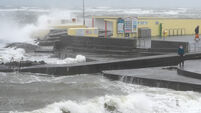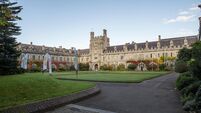Grade patterns show very little variation in standards
In English, the performances of students at higher level are almost identical to their 2010 counterparts and there is not much difference either in ordinary level grades.
Just under one-third of those who sat Irish papers — down almost 550 overall to less than 44,400 — took higher level but nearly 84% were rewarded with an honours grade (A, B or C). Almost one-in-nine students of Irish chose foundation level, while more than three-quarters of the 25,220 taking ordinary level exams got honours.













